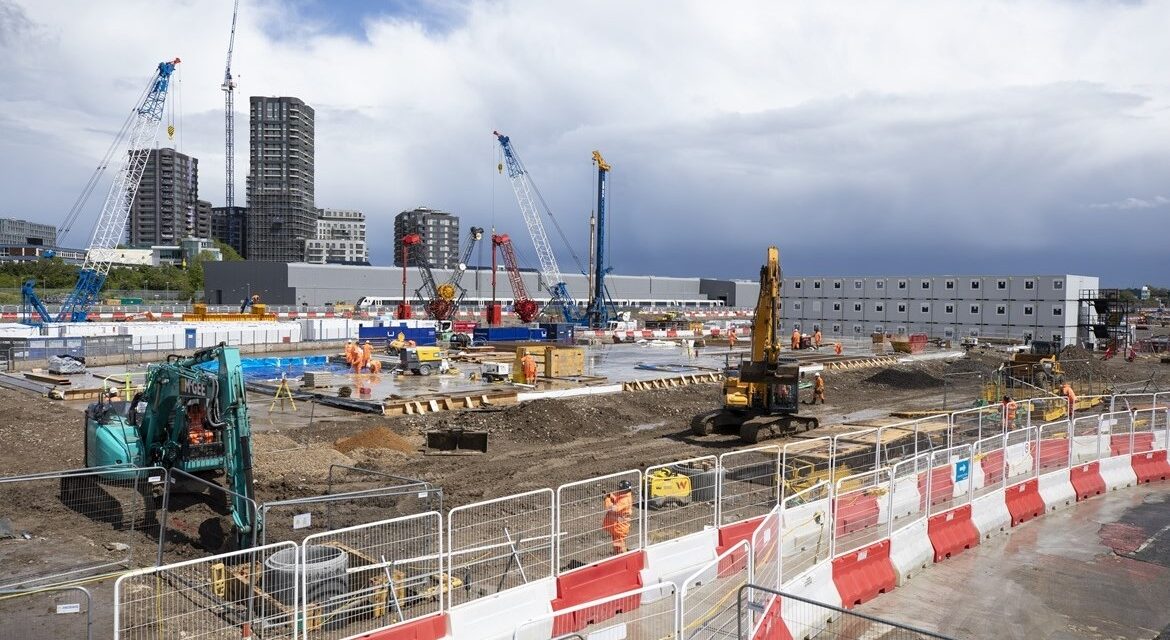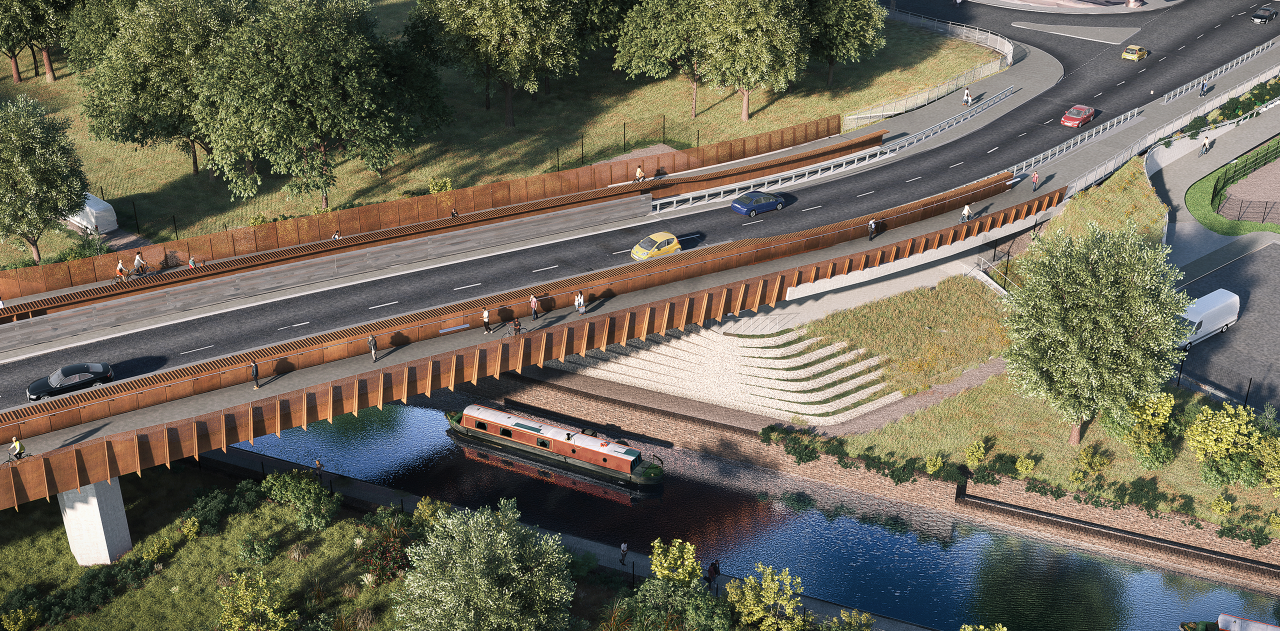
Chancellor Rachel Reeves delivered the 2025 Spring Statement amidst a backdrop of global economic uncertainty. The construction sector, a pivotal component of the UK’s economy, has closely analysed the statement’s implications. This article provides an in-depth examination of the key announcements affecting the construction industry and the sector’s reactions.
Housing and Planning Reforms
Record-Breaking Housebuilding Projections
The Office for Budget Responsibility (OBR) forecasts that annual housebuilding will reach 305,000 units by 2029, culminating in 1.3 million homes over the next five years. This figure approaches the government’s ambitious target of 1.5 million homes within the current parliamentary term.
Planning System Overhaul
To facilitate this surge in housebuilding, the government has introduced comprehensive planning reforms. These include delegating planning decisions to professional officers, establishing national development priorities, and promoting development on underutilised land. The OBR anticipates that these changes will permanently boost GDP by 0.2% by 2029/30 and 0.4% by 2034/35.
Investment in Affordable Housing
£2 Billion Funding Injection
Chancellor Reeves announced a £2 billion boost to the Affordable Homes Programme, aiming to support the construction of 18,000 new social homes. This initiative is designed to bridge the funding gap for local authorities and housing associations, ensuring the timely delivery of affordable housing.
Industry Response
The Royal Institution of Chartered Surveyors (RICS) welcomed this investment. CEO Justin Young stated that the additional funding is a significant boost for the sector and, alongside planning reforms, should increase confidence among housebuilders.
Skills Development in Construction
£600 Million Training Package
Addressing the industry’s skills shortage, the government unveiled a £600 million package to train up to 60,000 new construction workers. This funding will support various educational and apprenticeship programmes, including 35,000 construction-focused skills bootcamp places and 10,000 new construction Foundation Apprenticeships.
Industry Endorsement
Tim Balcon, CEO of the Construction Industry Training Board (CITB), praised the initiative, highlighting CITB’s commitment of £32 million to support the government’s aim and plans to double the size of their New Entrant Support Team. He emphasised the importance of attracting new talent to the industry and seizing this opportunity to equip more people with essential skills.
Infrastructure Spending and Road Maintenance
Capital Investment Increase
The government announced an additional £13 billion of capital spending over the course of this parliament, signalling a commitment to infrastructure development.
Road-Building Budget Reduction
Despite the overall increase in capital investment, England’s road-building and repair budget for the coming year has been reduced by 5%, allocating £4.8 billion to National Highways. This reduction has raised concerns about potential impacts on economic growth, road maintenance, and congestion management.
Economic Growth and Fiscal Policies
Revised Growth Forecasts
The OBR has revised down the UK’s growth forecast for 2025 from 2% to 1%. However, it predicts GDP growth of 1.9% in 2026 and growth in every year thereafter.
Inflation Projections
Inflation is expected to average 3.2% in 2025, decrease to 2.1% in 2026, and reach the Bank of England’s target of 2% from 2027.
The 2025 Spring Statement presents a mixed outlook for the UK construction industry. While substantial investments in housing, planning reforms, and skills development are poised to stimulate growth, concerns remain regarding infrastructure funding reductions and the broader economic implications of fiscal policy adjustments. The industry’s response underscores the necessity for continued collaboration with the government to navigate these challenges and capitalise on emerging opportunities.














